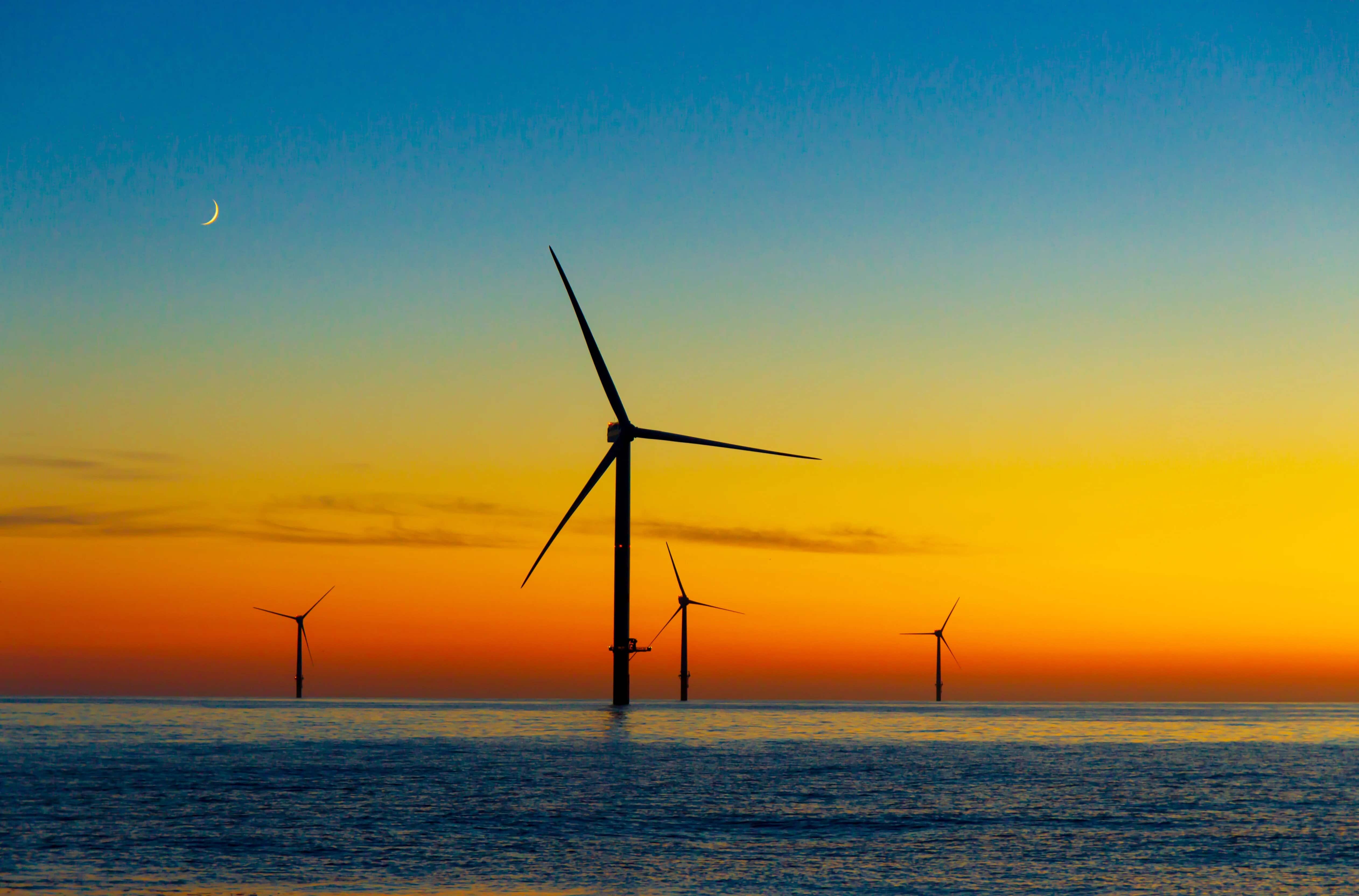
ScotWind: what comes next?
Since the process began in June 2020, to the application closing date in July this year, ScotWind Leasing (ScotWind) has been an auction that the entire wind industry has kept a keen eye on.
With 75 different applications emerging, there are many big players with their sights set on the Scottish offshore wind market.
The competition is intense and evidently, international players – including supermajors – are eager to get a strong foothold in the Scottish market. And while sites could be home to projects of up to 10 GW of offshore wind, naturally, there will be many who lose out at the end of this auction.
Now, as we wait with bated breath for the results, the industry has a chance to look at the challenges arising for all parties involved in the process. Anticipated challenges include how Crown Estate Scotland (CES) will differentiate between the bidders and how developers can then marry higher lease costs with high development costs in the tricky, submerged terrain of the Scottish seas.
While it is abundantly clear that the Scottish seabed offers great potential to the UK wind sector’s role in the energy transition, there are some immediate challenges that need to be overcome in order for the Scottish offshore wind sector to succeed over the long term. But as we’ll see, innovation is likely to be the key weapon in the armoury when it comes to breaking down barriers to development.
Differentiating between applications
With a strong contingent of financially secure consortiums among the bidders for seabed, we can expect the cap to be maxed in multiple instances. If the bids are not noticeably different in the scoring mechanism, and if many applicants have bid the maximum, then using price offered as a deciding factor becomes impossible.
Assessing how applicants are proposing to invest in their supply chains could be one way of doing this. In addition to increasing the maximum fees earlier this year, CES also raised the threshold of the Supply Chain Development Statement commitments from 10% to 25%. This means that greater portions of supply chain spend for the projects being proposed had to be dedicated locally.
The bidders have shown a keen awareness of this. BP’s “transformational bid” includes harnessing an online portal that they have created to engage local Scottish workers. The BP-EnBW team also promises entry-level energy transition roles and to re-skill hundreds of oil and gas workers, graduates and technicians.
This bodes well for the local supply chain and presents exciting opportunities for the economy in Scotland and other parts of the UK. It also offers another means through which CES can seek to differentiate applications, but they could be back to square one in terms of deciding who receives licenses if all the bids feature a similarly strong dedication to the local supply chain.
Challenging Scottish waters will be another hurdle for developers
Developing wind farms off the Scottish coast will be rewarding, given the abundance of natural resource, but it won’t be easy. With deep waters reaching around 600m or in some cases 1km, there are additional technical challenges and therefore additional costs involved to execute projects to the highest standard.
Furthermore, the complex geography and topography of the land across the 8,600km2 of lease bed on offer create a challenging landscape on which to build. These added complexities may result in increased development costs, that will accompany these already costly investments in seabed leases.
Developers will be building out a new area of offshore wind in the midst of an international tug of war for resources. The global success of the wind industry means that raw materials, original parts, and the vessels that can be used to transport or assemble them, are in high demand.
In navigating this difficult combination, developers will likely see their development costs soar over the coming years amid rising prices for raw materials.
But evidently, many are keen to accept the challenge, confident that Scottish wind projects will deliver strong returns. And with advances in technology at every stage of the project’s life, difficult development conditions are becoming easier to overcome.
What could the auction mean for Scotland’s floating wind prospects?
Scotland has the opportunity to become a leader in commercial-scale floating offshore wind, and this is clearly not lost on the bidders. Equinor’s bid is specifically for a floating offshore project, whilst Shell and Scottish Power Renewables have promised the world’s first large-scale floating offshore wind farm in the north-east of Scotland. Several other consortiums also boast experience in floating wind, including Ideol and Marubeni.
Scotland’s position in floating wind development has already been established, through projects like Equinor’s 30MW Hywind, which made Scotland the first nation to host a full-scale floating offshore wind farm. If CES has its eye on experience in this sector, particularly when it comes to making Scotland a big name in this burgeoning technology, the success of Hywind will not go unnoticed. The development challenges of the landscape could be countered with the potential of floating wind, creating a hotbed of development.
However, it is worth noting the project sizes of floating wind. With these projects being typically smaller, we may see an interesting landscape of multiple smaller developments emerge out of this tender, should CES drift favourably towards the applications that are proposing floating solutions.
A global skills shortage makes for a challenging climate to grow offshore wind
Scotland is likely to feel the bite of a skills shortage that is currently, and is forecast to continue, impacting the global wind industry.
There is an international shortage of engineers with the requisite skills, demonstrated by the US requiring more than 44,000 workers in order to meet its targets, and the UK is feeling the strain, too. A combination of factors are contributing to make the sourcing of workers across the industry, from project managers to engineers, even more difficult.
Competition is rife - especially with the pace at which projects are being built out across the world - and the number of qualified people leaving the established European industry for more lucrative or interesting projects in the US or Asia is growing. This is a big challenge to the green transition, and something that the whole industry needs to grapple with.
A few initiatives have been suggested in recent years, such as retraining oil and gas workers, but this alone will not be enough. It will take time for experience to build, and a consistent, united effort to give individuals the resources and training they need to move into the industry.
Looking forward
Deep waters, tricky topography and high demand across the world for skills and resources make for a difficult landscape for the ScotWind applicants to navigate. And we’ll only reach that point once CES has completed the process of selecting applications – which by no means will be easy.
But, huge in scale and ambition, ScotWind is going to present us with a sequence of challenges and questions over the coming months and years that the industry has to face all over the world. Yet with the prospect of a mass roll out of floating wind projects and suggestions of significant investment into UK supply chains and skills, it seems that the energy industry is looking to combat all of these challenges in Scotland with innovation.
As written by Gary Bills, Director Projects EMEA at K2 Management for Power Engineering International.




